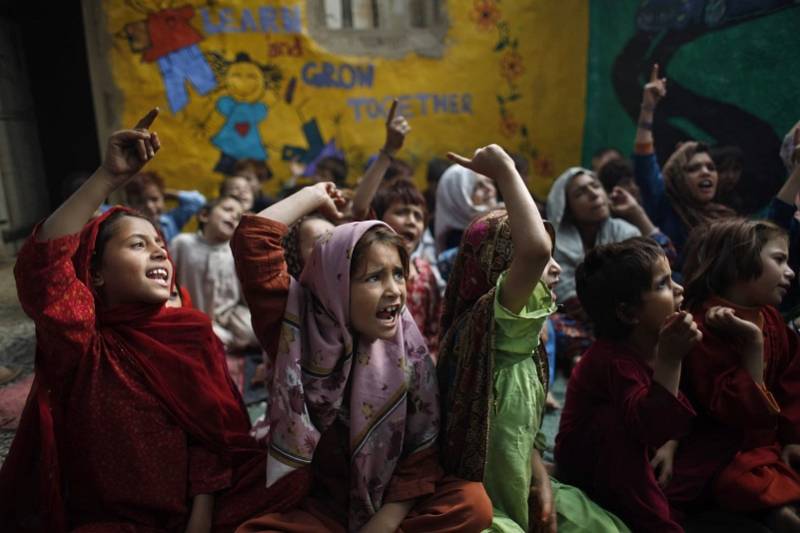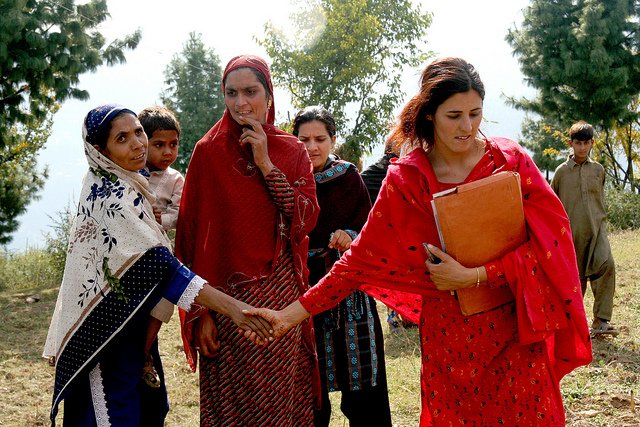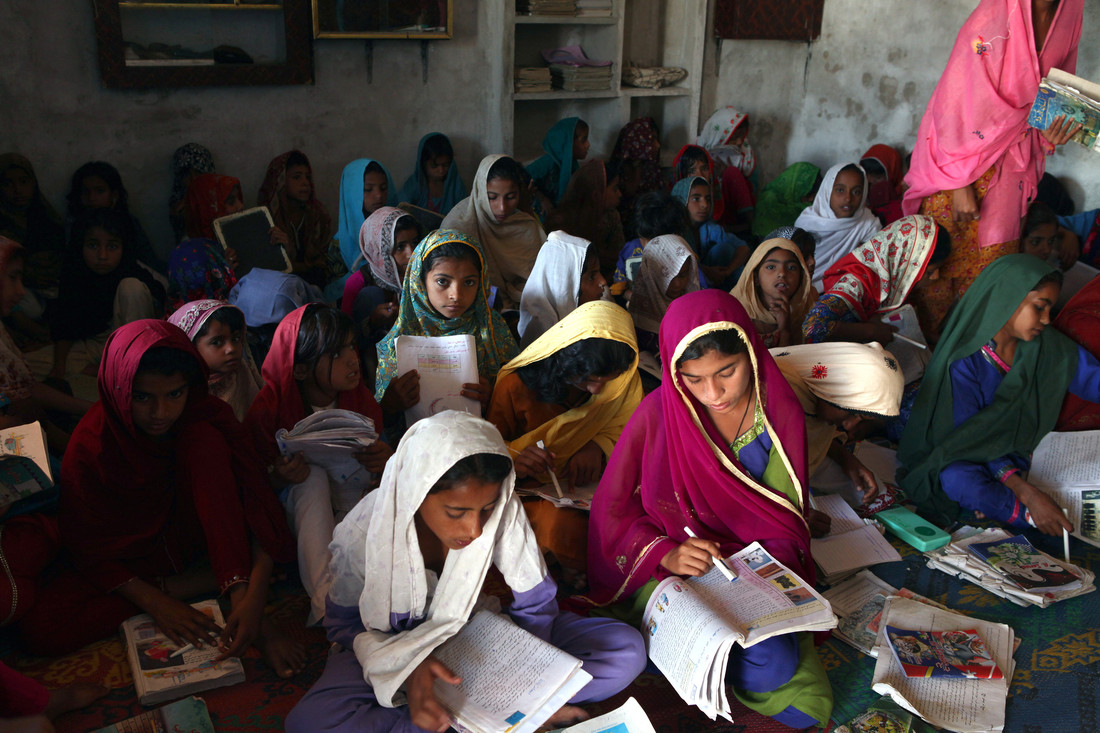
Gita Gopinath, Pinelopi Koujianou and Laurence Boone---what is common between them? Yes, they are women but most importantly women that are heading the world’s financial system! Gita, Pinelopi and Laurence head IMF, World Bank and OECD (Organization of Economic Co-operation and Development) respectively. Meanwhile here in Pakistan, 22.5 million children are out of school with girls constituting the majority: primary school aged girls make-up a deplorable thirty-two percent of the total. Only thirteen percent are left when they reach grade nine.
Here are 5 things to know about female education in Pakistan according to a report published by Human Rights Watch:
- Social Norms
We all know the lamentable state of our collective intelligence when it comes to certain clichés - primarily educating girls. The fear of girls getting in a romantic relationship holds sway. The roads and streets leading to school and coming back are also paved with perverted monsters, making these girls feel insecure. Not to mention the nemesis of child marriage. In Pakistan 21 percent of girls are married before reaching the age of 18 and 3 percent even before touching 15 years of age.

- Structural Issue
Everything cannot be blamed on the mindset as well. There are serious structural issues hampering education of girls. These may include lack of schools, underinvestment, government’s failure to enforce compulsory education and regulation. Pakistan’s share of education in GDP is less than 2.8 percent, below the recommended level of 4%-6%. Corruption exacerbates the issue as hiring through cronyism results in poor quality of education.
- Insecurity
Closely related to social norms is a fear, an insecurity, deeply entrenched in our society. Incidents of kidnapping, sexual harassment, crimes and attacks on education are rife. The report mentioned that families often cite events of in their communities due to which they have kept girls out of school.

- High Cost of Education
A factor that closely relates to the above is cost of education. Majority of the families cannot afford to enroll their children in schools considered best. The report posits that the “most fundamental barrier” to education is poverty. About 60 million Pakistanis that is 7.6 million families live in poverty as per government figures in 2016. That’s 29 percent of the total population. Many girls skip school due to poverty as they are engaged in work such as sewing, assembling items, working as servants etcetera.
- Armed Conflict and Targeted Attacks on Schools
The attack on Army Public School in Peshawar city, in December 2014, shocked the whole nation. Reportedly 145 innocent children were killed and hundreds injured. Moreover, there have been numerous other attacks on schools and colleges, especially in our northern areas. Infrastructure has been decimated, facilities destroyed, students discouraged. HRC reports quotes that almost one-third of such attacks were particularly targeted at girls to hamper their studies.
